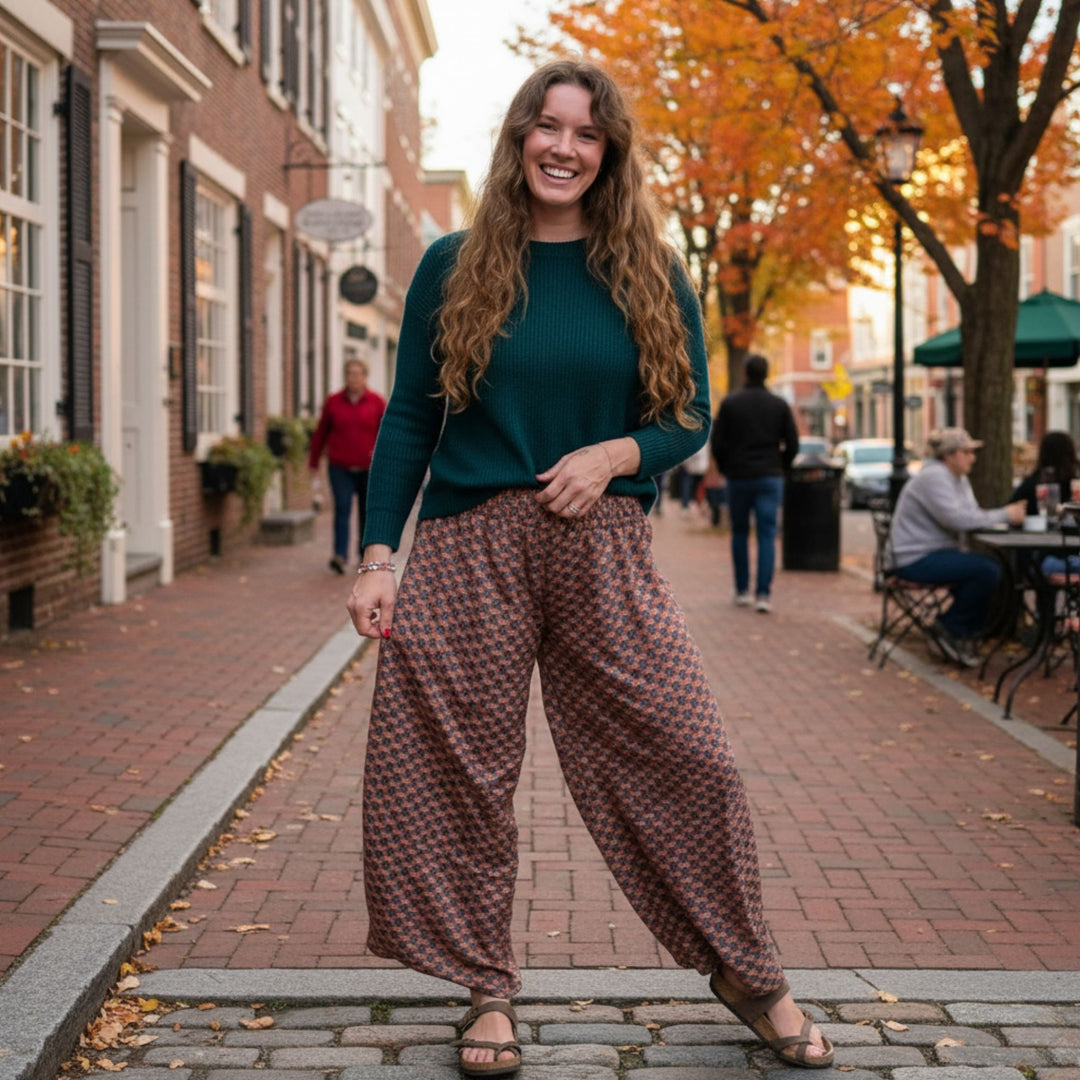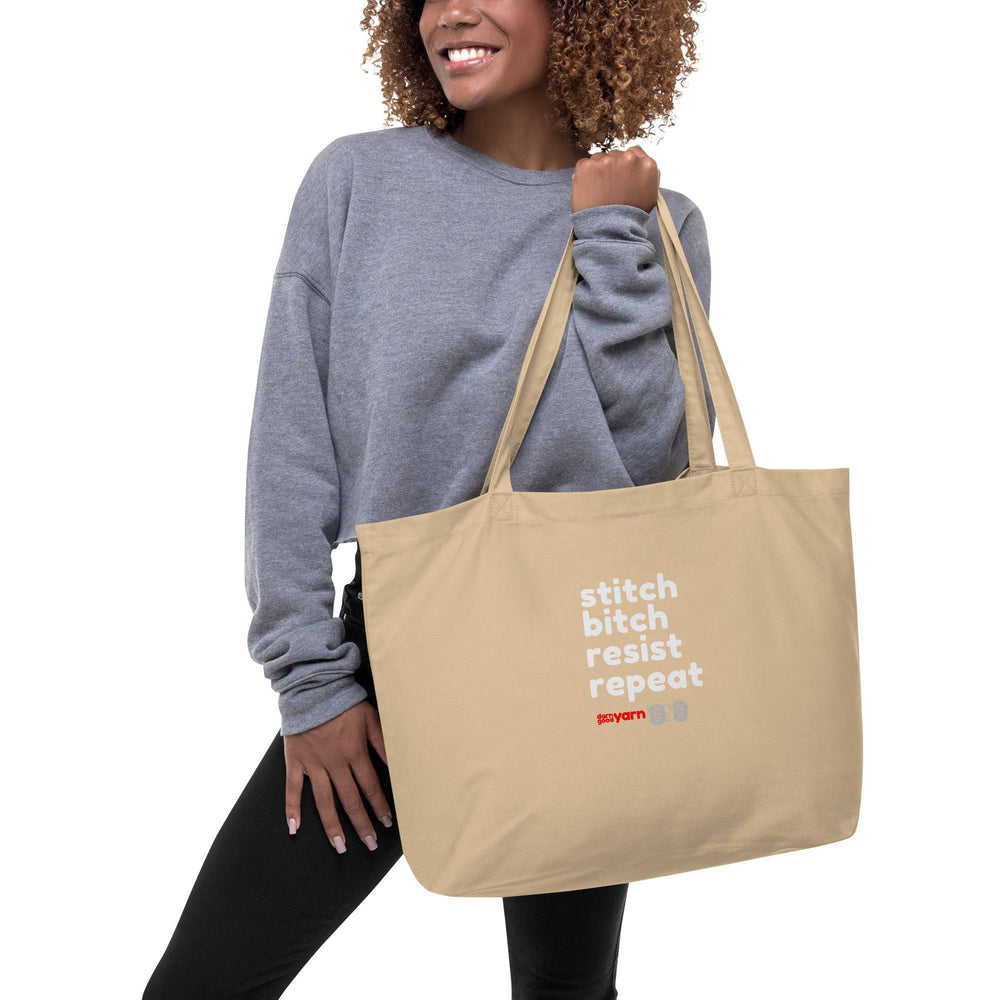Written by Michaela MacBlake Matthews
What Are The Symptoms Of High Anxiety?
Anxiety presents as a feeling of being restless, nervous, or tense. It stirs up thoughts of imposing danger along with an increased heart rate, and quickened breathing. Anxiety symptoms can even entail sweating, feeling weak, shaking, stomach discomfort, and trouble concentrating. It can also lead to the avoidance of anxiety triggers altogether, and become extremely limiting if left unchecked.
What Causes Anxiety?
Anxiety is a response to threat, be it physical, emotional, financial, or even just generalized uncertainty. It often coincides with fear, and can be caused by traumatic events from the past, or by physiological influences. In response to a stressful threat, or a perceived threat, the body releases adrenaline and cortisol. These chemicals shut down the ‘rest and digest’ functions in the body, and prepare for ‘fight flight freeze’. Just as if you were about to run away from a grizzly bear, the body turns off every system it can afford to, and channels every last drop of its energy toward hyper-vigilance, muscle tension, and heart rate.

The 3 3 3 Rule & Anxiety
The 3 3 3 Rule is a simple, in-the-moment coping exercise to calm down quickly from anxiety. The practice is designed to work through the three most easily accessible senses, and to steer the hyper-vigilance of anxiety back into the safety of the immediate environment.
Step 1: See Three Things
Take a look around you, and find three things to focus on, one at a time. Notice the color, the shape and pattern, or if it’s blowing in the breeze of a fan. Simply observe each for a moment, and then move onto the next.
Step 2: Hear Three Things
In the same fashion, focus on three things that you can hear, individually. They may be very subtle, or if you are indoors, you may even focus on the birds outside. If you are in a very quiet room, you may want to make a bit of noise to help with this step, possibly by running your hands through your hair, or shifting your stance. Choosing sounds at varying distances tends to work best.
Step 3: Feel or Move Three Things
Lastly, find three things to feel. This can be anything from the internal sensations of your own posture, to the fabric of your shirt, or a bit of cool water from the bathroom sink. You can also use movement for this step, and tap your foot or raise your arms. Regardless of what you choose to feel, some physical movement should be involved in at least one of the areas.

What Helps Anxiety, And How Do Coping Skills Work?
Because anxiety is a physiological response to perceived danger, most if not all methods for soothing anxiety are ways of telling the body that it is safe. This can range from posture and breathing patterns, to a warm shower, or even a run. When the body enters into a fight, flight, or freeze response, especially in response to mental stimulus, it can be tempting to adopt a mixture of flight and freeze. This can lead to becoming stuck, avoiding the triggers of anxiety, and trying to dissociate from them.
The trouble with modern stress and anxiety, however, is that the fight response is generally not appropriate, either. All of this fast-paced energy is left with nowhere to go, and in the worst case scenario, we can stay in it indefinitely. In order to overcome this cycle, we have to self-soothe enough to step out of this extreme evolutionary response, and then make a transition into a tempered version of the fight response: actionable, but not reactive, and being assertive without becoming aggressive.
How Do You Calm Anxiety Quickly?
The 3 3 3 rule is great for calming anxiety because it is a simple, quick solution that can start to turn things around in the moment. From there, it becomes easier to take a more tactical approach, and then employ some of the more complex coping skills you’ve learned for dealing with anxiety. Once the initial momentum has started toward calming down, it becomes easier to open up your posture, to breathe deeply, and to separate your worries and concerns to deal with them individually. Most importantly, it becomes easier to remember to do these things.
In the modern age of mental health awareness and open-source internet education, the idea of coping skills and the ability to learn about them is incredibly widespread! The difficulty is often in implementing them, because they can be difficult to remember when the moment is tense and fast paced. This is why simple, easy to remember exercises like the 3 3 3 rule are so popular. The number three is easy to remember, and helps to break the cycle without adding more overwhelm to the mix.
How To Help Someone With Anxiety
While there are many techniques and methods for lowering anxiety, both in the moment and as lifestyle changes over time, the hardest part to working on anxiety levels can often be choosing where to start. Although it is certainly helpful to be aware of many different calming strategies and coping skills, it may be the most helpful to the people close to you to encourage them to have a go-to strategy, and know the path that they take from one skill to the next.
Sometimes as friends and family, or even with ourselves, we spend time trying to reinvent the wheel, instead of implementing the simple habit of doing what works, and learning to do it more diligently when the need arises. If there is already a skill in place that works best for them, there is no need to mastermind a new, innovative solution. Repeating what works, without tiring or begrudging the repetition, is sometimes the best thing you can do.

When To Use The 3 3 3 Rule
The 3 3 3 Rule can be a wonderful solution for dealing with the physical effects of anxiety triggers, especially in a pinch! This method can help to confront real-world problems with a more level head, too. This method is ideal for getting through a tough day of errands, or a job interview. For longer-term and more consequential forms of stress and anxiety, a process called fear-setting can operate as the yin to its yang, taking the stressors themselves by the horns! While the 3 3 3 Rule is about coming back to the moment, fear-setting is about taking a hard, detailed look at the fears themselves and addressing them.
Together, these techniques can help keep one foot in front of the other...
Until one day, they glide along like ice skates.

"Mac" is on the Lifestyle Team here at Darn Good Yarn, and loves taking a ‘teach a man to fish’ approach to creative therapy. She is certified in neuro-linguistic programming, and is also the surreal artist and author behind Surrealismac.
 Rewards
Rewards




















